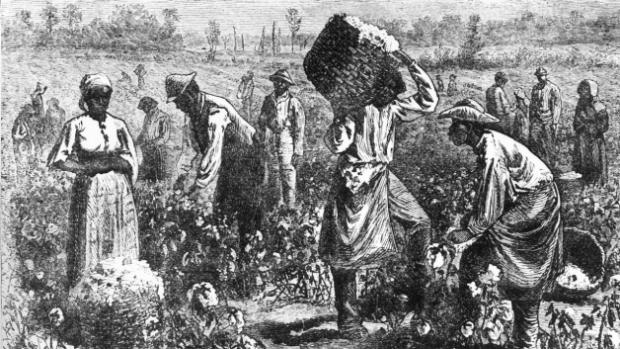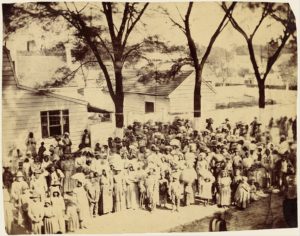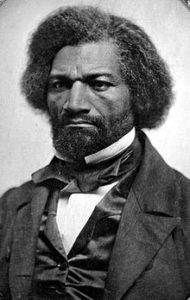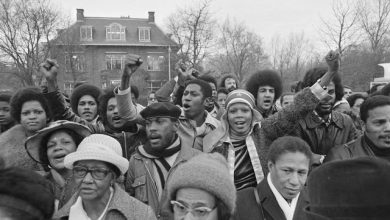OngoingThe Americas
The Triangle Trade Route and Reverberating Effects of American Slavery
A dark time in America's past, the slave trade produced economic prosperity but dismantled social cohesion for hundreds of years to come.

Black slaves of African descent played one of the most fundamental roles in the economic development of the USA. Brought to this country captives through the triangle trade route, African slaves shaped the industry and culture of the American South forever. The abolition of slavery in the 19th century affected both slaves and free negroes (the term used to describe the legal status of African-Americans in the U.S who were not slaves). From the beginning of the American Revolution to emancipation, African Americans tried expanding their opportunities thorough attempting to buy their freedom, participating as rebels of the armed forces, and participating in resistance movement networks such as the underground railroad. Nonetheless, African Americans faced (and continue to face) many challenges and setbacks to their true freedom.

The earliest recorded slaves brought to the US were to Virginia in 1619 from Africa and other established West-Indian colonies to aid in growing tobacco and other crops in the new world. As early as the 1770’s, blacks throughout New England sent petitions to legislatures of the north demanding their freedom, and by 1800 all of the northern states reduced or eliminated slavery completely. However, the technological advent of the cotton gin in 1793 made slavery all the more important in the growing farms and plantations of southern states. By the 1820’s, more than 100 antislavery societies existed, who advocated for resettlement of slaves based on the belief that “African Americans were an inferior race that could not coexist with white society”.
Important Figures in the Abolitionist Movement
Meanwhile, National Negro Convention movements established around 1830 were groups of black men who held meetings discussing the future of their race in America. This inevitably led to formation of the abolitionist movement, which ran parallel to the growing institution of slavery. William Lloyd Garrison, an author who specialized in religious reform movements, created a newspaper in 1830 called The Liberator. In the works published, he called for the immediate emancipation of slaves, and absolutely no payment to slaveholders.

In 1838, a skilled slave working as in shipyards named Frederick Douglass began following the writings in The Liberator. Douglass was taught to read and write at an early age by the wife of his slave master, while her husband ordered her to stop because the advent of reading would “forever unfit him to be a slave”. According to Douglass, slaves knew few facts about his own lineage: they seldom had the ability to record any information if given any at all. Additionally, Douglass stressed throughout the book the commonplace practice of slaveowners raping women to satisfy sexual desires and to maintain the slave population: children were classified by the race of their mothers, never by that of their father.
The abhorrent treatment of slaves continued well in to the turn of the century. Although freedom was officially granted subsequent to the American Civil War, far-lasting effects of slavery still haunt the Black community in America today. Stay tuned for pieces on emancipation, integration, and the reparation that is yet to come.




